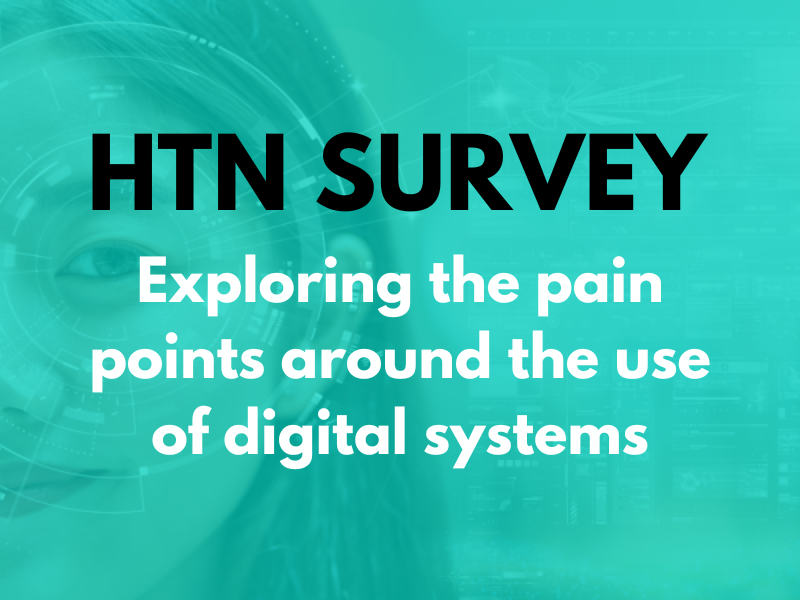Feature by Liquidlogic
Hospital bed management and patient flow has always been a challenge, but COVID and the unpredictability of case surges has tested health and social care professionals to the limit. Now, both have a wary eye on the colder months ahead. There are concerns that the triple threat of COVID-19, flu, and respiratory syncytial virus (RSV) could put unprecedented amounts of pressure on the NHS this winter.
The Long Term NHS Plan has zeroed in on preventing unnecessary admissions to hospitals, as well as ensuring a timely transfer from hospital to home or community care, with the ambition of freeing up over one million hospital bed days over the next five years.
This has been followed by the government’s implementation of the Discharge to Assess model in March last year, which aims to support outcomes for people leaving hospital, improve communication between health and social care workers and ensure more individuals are discharged on the day they no longer require a bed.
Improving the efficiency of hospital discharge, supporting patients with the appropriate level of care after they leave, and doing as much as possible to avoid return visits, are vital pieces of the puzzle.
Harnessing technology to reduce bed blocking and accelerate transfer of care
Health and social care professionals will need to pull together to meet these challenges – and there is now a widely held consensus that data-driven technology will be one of the most important tools when it comes to supporting this interprofessional teamwork.
Lancashire County Council is one example of an authority that has emerged as a trailblazer, using digital solutions to dramatically reduce Delayed Transfer of Care percentages (DToC), improve integration with acute hospital partners, and strengthen the authority’s social care management tools.
In 2017, Lancashire ranked 124th for total DToC bed days out of 151 authorities. By February 2020, they had climbed 14 places. This was achieved by dedicating significant senior resource from both health and social care partners to improving the county’s position, which included making an investment from the Better Care Fund for a number of initiatives.
One of these projects was their Digital Discharging for Social Care solution, which was first implemented at Lancashire Teaching Hospital in 2019, with the assistance of social care systems and software supplier, Liquidlogic. The system, which sends information directly into a local authority’s social care system ahead of the patient being discharged, using NHS Digital’s MESH standards, has helped Lancashire achieve numerous key objectives.
Benefits so far have included:
- A more rapid discharge process, leading to improved recovery rate, reduction in infection risk and a reduction in delayed days.
- Enhanced handover data from a health to a social care setting, enabling better focused care provision. This allows the data exchanged between both parties to be more transparent, structured and patient-focused.
- Improved levels of independence and confidence for individuals who have experienced a hospital stay.
- Better data quality and security, including building upon their shared care record across Lancashire and South Cumbria.
“The Digital Discharge project helped us establish effective systems to monitor patient flow across health and social care,” explains Lewis Mitchell, Project Manager at Lancashire County Council. “The transfer of this information electronically ensures that all information is sent safely, securely, lawfully and is transparent. This directly contributes to minimise unnecessary hospital stays and provide the best social care and support for people.
“It was a crucial component to strengthening local arrangements for integrated discharge teams, enabling timely exchange of information and patients and ensuring better flow of patients through and out of hospital.”
During COVID-19, Lancashire County Council and its acute partners continued to use the Digital Discharge functionality to manage hospital discharges. Given the value and effectiveness demonstrated before and during the pandemic, the council is now working with other Liquidlogic customers, and NHS Digital, to further develop the Assessment, Discharge and Withdrawal (ADW) standard for use within the new Discharge to Assess model.
The project has also enabled the council to utilise regional technical developments already in place to share data digitally – and has provided a use case for the wider NHS Lancashire Patient Record Exchange Service (LPRES).
Scaling up with Pathfinder
Since 2016, all health and social care teams at partners across Lancashire and South Cumbria have had a shared local digital roadmap (LDR). As part of this, several approaches and agreements around health and social care digitisation have been agreed. This has provided Lancashire County Council with the opportunity to scale up the Digital Discharge solution, following its successful implementation, and widen it to their partners across the Lancashire and South Cumbria footprint.
Pathfinder, which is currently a work in progress, will connect three acute and community trusts; University Hospitals of Morecambe Trust, East Lancashire Hospitals Trust and Blackpool Teaching Hospitals Trust. Lancashire County Council is also partnering with Lancashire’s two unitary authorities, Blackpool Council and Blackburn with Darwen Council, who have their own relationships with these trusts.
“This collaborative programme will help us to further innovate across Lancashire, improving discharge processes and enhancing a single shared patient record solution which will allow multiple partners a single point to access relevant information in relation to a person who may come into their care,” explains Lewis Mitchell, Project Manager at Lancashire County Council.
“We are in the latter stages of development and extremely excited for the benefits and opportunities that this collaborative working will bring to the people of Lancashire.”
For more information on Digital Discharge, visit Liquidlogic.





